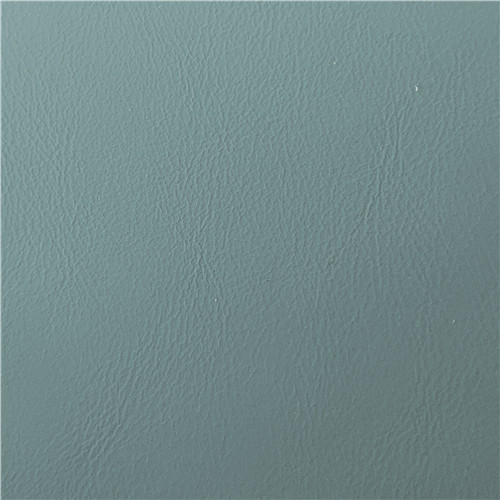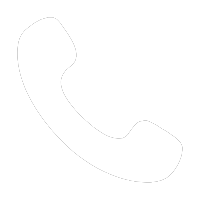Introduction of Waterborne PU
What is waterborne PU
Waterborne PU is a serious environmental health hazard. It can cause skin irritation, vomiting, diarrhea, and respiratory problems. If not treated immediately, it can lead to serious health conditions such as hepatitis and meningitis. There are ways to prevent exposure to waterborne PU and protect yourself and your family from its dangers.
Waterborne PU is a type of plastic that can be found in many products, including water bottles, food packaging and even drink straws. It is often considered to be a more environmentally friendly alternative to other types of plastic, but there is still much research that needs to be done in order to ensure that it is truly safe for use.
Waterborne polyurethane (WPU) is a type of water-repellent coating that is applied to fabrics and materials to protect them from water, rain, snow, and other moisture. WPU coatings have been around for many years, but are becoming more popular because they offer many benefits over traditional coatings. These benefits include increased durability, resistance to staining and deterioration, and reduced weight.
For more information on PU coated leather material, click here.
For more information on Smooth PU faux leather, click here.
For more information on Top printed PU leather, click here.
For more information on Thin PU faux leather fabric, click here.

Information of Waterborne PU
Waterborne polyurethanes are a type of synthetic plastic that are made by reacting a polyol with an isocyanate. These materials are popular because they're strong, flexible, and resistant to weathering. However, these materials can also be harmful if they're not disposed of properly.
Waterborne polyurethane is a type of liquid polymer that is used in many products and can be found in many places. It is a type of plastic that is made with different chemicals and can be very dangerous if not handled correctly.
Features of Waterborne PU
The use of certain toxic solvents in the synthesis of polymer materials can ensure their recycling and reduce their residual rate in products, which is also the research content of green polymer synthesis. The synthesis of waterborne polyurethane resin is a typical example of this aspect. Waterborne polyurethane resin is a uniform emulsion formed by dispersing polyurethane in water. It has the advantages of non-combustibility, low odor, no environmental pollution, energy saving, and convenient operation and processing. It is widely used as adhesives and coatings. Compared with solvent-based polyurethane adhesives, waterborne polyurethane has the following characteristics:
(1) Most waterborne polyurethane resins do not contain reactive NCO groups, so the resin is mainly cured by the cohesion and adhesion of polar groups in the molecule. The carboxyl and hydroxyl groups in the water-based polyurethane can participate in the reaction under suitable conditions, so that the adhesive can be cross-linked.
(2) Viscosity is an important parameter of adhesive performance. The viscosity of water-based polyurethane resin is generally adjusted by a water-soluble thickener and water.
(3) Since the volatility of water is worse than that of organic solvents, the drying of water-based polyurethane adhesives is slower, and the water resistance of the material is poor.
(4) Waterborne polyurethane resin can be mixed with various waterborne resins to improve performance or reduce cost. At this time, attention should be paid to the electricity and acidity of the water-based resin, otherwise it may cause the water-based polyurethane resin to coagulate.
(5) The water-based polyurethane resin has little odor, is easy to operate, and easy to clean up the residual glue.
Classification of Waterborne PU
1. According to appearance
Waterborne polyurethane can be divided into polyurethane emulsion, polyurethane dispersion, and polyurethane aqueous solution. The most practical applications are polyurethane emulsions and dispersions, which are collectively referred to as water-based polyurethanes or polyurethane emulsions in this book.
2. According to the form of use
Waterborne polyurethane adhesives can be divided into one-component and two-component types according to the form of use. The water-based polyurethane that can be used directly or can obtain the required performance without a cross-linking agent is called a one-component water-based polyurethane adhesive. If the desired performance cannot be obtained by using it alone, a cross-linking agent must be added; or generally, one-component water-based polyurethane can improve the adhesion performance after adding a cross-linking agent. In these cases, both the water-based polyurethane main agent and the cross-linking agent are Form a two-component system.
3. According to the nature of hydrophilic groups
According to whether the side chain or main chain of the polyurethane molecule contains ionic groups, that is, whether it is an ionic polymer (ionomer), waterborne polyurethane can be divided into anionic, cationic, and non-ionic. Waterborne polyurethane containing anion and cation is also called ionomer waterborne polyurethane.
4. Divided by polyurethane raw materials
According to the main types of oligomer polyols, it can be divided into polyether type, polyester type and polyolefin type, etc., respectively referring to the use of polyether polyol, polyester polyol, polybutadiene glycol, etc. as oligomer polyol made of water-based polyurethane. There are also polyether-polyester, polyether-polybutadiene and other isocyanate raw materials mixed with polyurethane, which can be divided into aromatic isocyanate type, aliphatic isocyanate type, and alicyclic isocyanate type. It can also be subdivided according to specific raw materials, such as TDI type, HDI type, and so on.






 2022-07-11
2022-07-11




